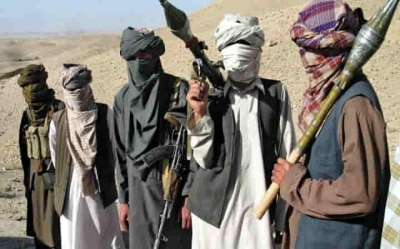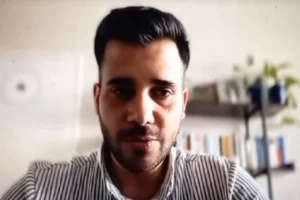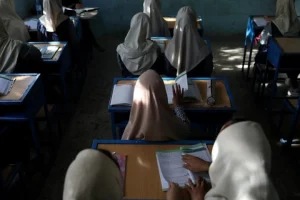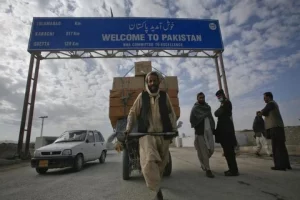From Haibatullah Akhundzada to Mullah Yaqoob, the Taliban are set to make a comeback of seismic proportion to Kabul, which is already in the extremist group’s grip.
So, who are the Taliban’s top leaders who will, at least for now, dictate Afghanistan’s destiny?

At the apex is Haibatullah Akhundzada. Far from being a fighter, but no less important he is the group’s spiritual leader, whose ideological influence on the “cadres” would be enormous. He is also plugged in with the international terror network on a theoretical plain. Spotted by none other than Al Qaeda number 2 after Osama bin Laden, Ayman al Zawahiri, Akhundzada enjoys legitimacy over extremist groups across several parts of the globe. Incidentally, Akhundzada came into the picture after a drone strike killed former leader Mullah Mansour Akhtar, after he was returning from Iran in 2016. Akhundzada is also seen within the ranks of the Taliban, a unifying figure who bridged divisions within the group after the death of former icon and Taliban founder Mullah Omar.

Mullah Yakub: He is son of the later Mullah Omar. His bloodline gives him an inherent legitimacy in the group. He is also the head of the powerful military commission, which apexes a large network of fighting units. His star is likely to further rise on account of the group’s stunning success in bringing down the Ashraf Ghani government, and adroit strategic planning.

Sirajuddin Haqqani: After the death of his father Jallauddin Haqqani, the younger Haqqani heads the exceptionally brutal sword arm of the Taliban universe, known for its suicide bombings and targeted assassinations. He is said to be working hand-in-glove with the Pakistani ISI. Being a deputy leader, Haqqani is firmly plugged in the core of the Taliban leadership.

Abdul Ghani Baradar: Baradar has an interesting past as he fell out with the Pakistanis big time, and was imprisoned by them between 2010-18.
Baradar a product of the anti-Soviet Jihad, grew up in Kandahar, the ground zero of the Taliban’s birth and rise. He is said to have fought along Mullah Omar. The one-eyed cleric.
The American pressured Pakistan to release him after his eight-year incarceration. After his release, he was posted to the Taliban’s Doha office, and was the face of talks for Afghanistan’s transition.
Also Read: Fall of Mazar-e-Sharif: Warlords Rashid Dostum and Mohammad Atta Noor escape to Uzbekistan
Also Read: As Taliban besieges Kabul, political transition in Afghanistan imminent
Also Read: Taliban capture all major cities in Afghanistan, only Kabul remains




















